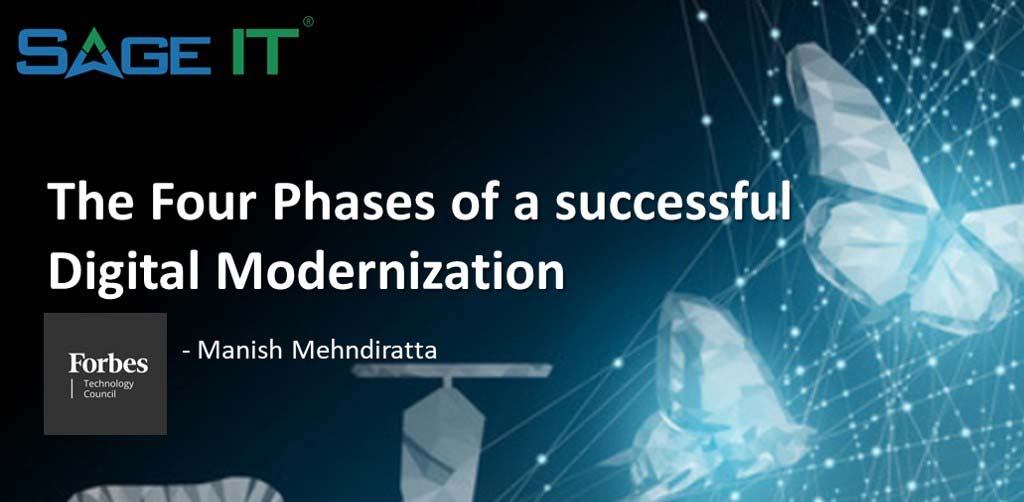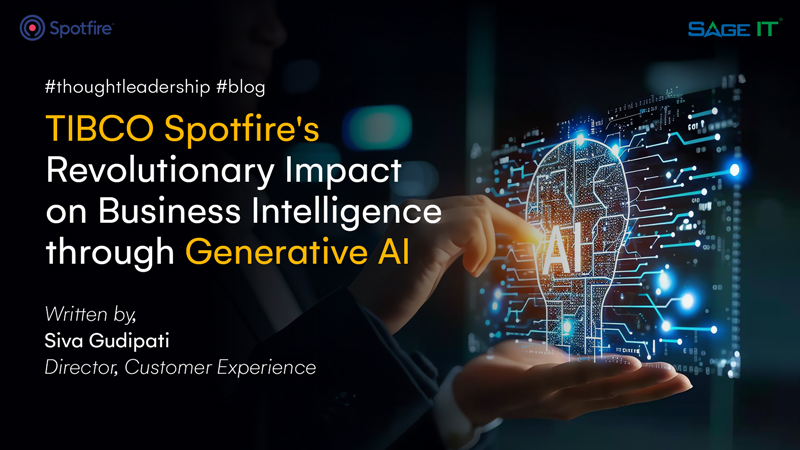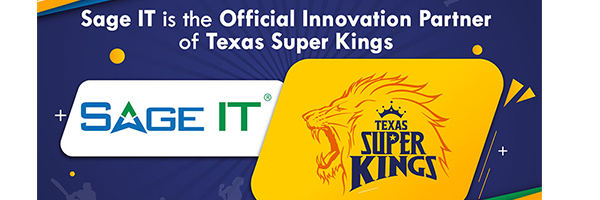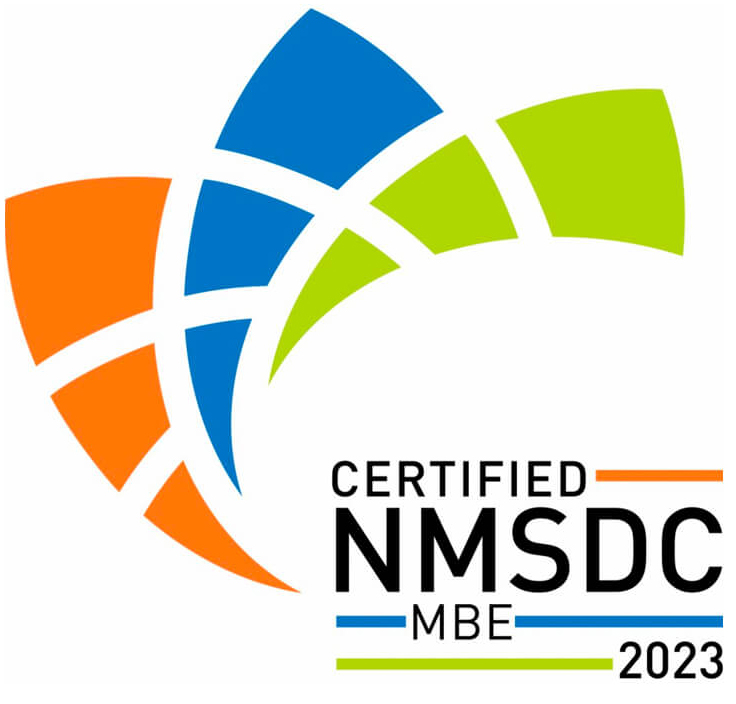
Whether it’s called a “digital modernization,” a “migration to the cloud,” or simply the newest “DevOps” project, what today’s computing innovations offer is an exciting opportunity for a truly magnificent corporate do-over. However, as the director of digital modernization at a company that offers these services, I know that taking advantage of the opportunity requires attention and careful planning; cutting corners or skipping steps could result in the repetition of existing bad processes in your newly retooled organization.
Digital ‘Modernization’
Recent developments in technology are driving the demand for digital modernization. If you create a modernized do-over of your overall digital processing capacity, your C-suite can remake your core competencies into better, faster and more productive assets. The result is (or should be) the same great company — only much, much better. Here’s how to do it well.
Mastering The Remodel
What you want to see when the migration is complete is a newly configured application or infrastructure that can perform better, faster functioning of all the mandatory business processes (thereby maintaining your fundamental corporate objective and goal) while also providing the capacity for growth and scale. Take time to assess the actual functioning of your existing systems so you don’t carry your organization’s errors and gaffs into its next iteration. You can achieve this by conducting a focused gap analysis process that identifies the “gap” between your current state and the business objectives for your desired state.
Phase One: Elimination
What you want to see when the migration is complete is a newly configured application or infrastructure that can perform better, faster functioning of all the mandatory business processes (thereby maintaining your fundamental corporate objective and goal) while also providing the capacity for growth and scale. Take time to assess the actual functioning of your existing systems so you don’t carry your organization’s errors and gaffs into its next iteration. You can achieve this by conducting a focused gap analysis process that identifies the “gap” between your current state and the business objectives for your desired state.
Phase One: Elimination
How the new system functions will be different from how the old one functioned, from both a business activity and technology perspective. The enterprise probably evolved its workflows as it added new products and services. The workarounds you used to implement those may not be necessary moving forward, and replicating them in the new configuration may slow its processing. Therefore, you should conduct a thorough evaluation of the processes to reveal where you can safely eliminate redundant or duplicate functions so you don’t carry them with you to the new configuration.
You can apply any combination of proven gap analysis techniques to determine, define and evaluate the business processes, assets, applications and infrastructure to help identify the path forward. Regardless of the gap analysis technique you use — which should be based on your use cases and enterprise preferences — conducting it can help you understand where you are now and where you want the digital modernization to take you.
This analysis also helps you determine the value of each business process. Understanding these nuances goes a long way toward determining the operational benefits and efficiencies provided or needed within your ecosystem. The process of elimination is a foundational first step toward understanding your business objectives so you can align your systems accordingly.
Phase Two: Simplification
The plethora of services, appliances and software programs engaged in today’s corporate computing systems include what is often an equally unmanageable plethora of isolated architectures, many of which don’t connect with each other. You can use an agile configuration to integrate multiple program aspects to function optimally individually and within the overall complex. Spend the time you need to parse out how critical apps will work in the future.
The core of this phase is driven by the principles, standards and procedures defined at various levels within your enterprise, which could be at the strategic or implementation level. Create standards to provide the directional mandates that your team can implement through procedures. On the other hand, you can use principles to apply consistency and efficiency through key aspects such as integrity, confidentiality and availability of the system’s capabilities.
Phase Three: Re-Engineering
Once you establish exactly which functions actually drive the organization, you’ll need to reconfigure them to work well in the new digital version of the enterprise. Many transformations are based on utilizing cloud assets, and those processors manage data, programming, storage, and so on differently than legacy on-premise systems. In this example, re-engineering existing and new assets to account for cloud or hybrid cloud/on-premises deployments will allow you to capture all of the value of the legacy programs in the new system while eliminating waste and drag.
The gap analysis outcomes from prior phases can also help you drive the process of business process re-engineering (BPR). It will help you gain insight into the capabilities currently available versus the ones you desire and re-engineer with those in mind. You can improve, modify or extend your business processes to help you reach your desired state.
Phase Four: Automation
Automation can provide consistency across all elements of the enterprise for both workers and customers, which can speed productivity and increase customer satisfaction. However, creating an automated system also requires thought and planning: You may need to re-architect your workloads to automate the functions of disparate programs once they have been through the first three phases.
Automation, when approached correctly, should offer a reduction in cycle times and drive significant gains. In today’s time, you can realize this with various techniques and technologies, including cloud, containers, bots, DevOps, NoOps and other automation techniques. (While my company utilizes these techniques, companies can also pursue them independently.) To decide which processes to automate and how, evaluate the cost savings and the efficiency you could gain by automating each process and consider your future business needs. Map these key evaluation criteria to your organization’s goals and objectives to determine the short-term and long-term road map.
Conclusion
Successful companies are based on successful culture, products, teams and systems. Over time, the functioning of any of these assets can erode, which can reduce their value individually and collectively. A modernizing do-over can revive these fundamental corporate concepts and create new opportunities. Create a strategy for both the assets and their migration process to ensure that your enterprise maximizes all the value offered by its existing infrastructure and today’s digital transformation possibilities. When done well, a digital transformation has the potential to elevate any enterprise to the top of its industry while easily eclipsing its competition. In my experience, following these steps can lead to success during transitions and do-overs.
POST WRITTEN BY
Manish Mehndiratta
Director, Digital Modernization | Principal Architect | Technology Evangelist for Sage IT Inc.









